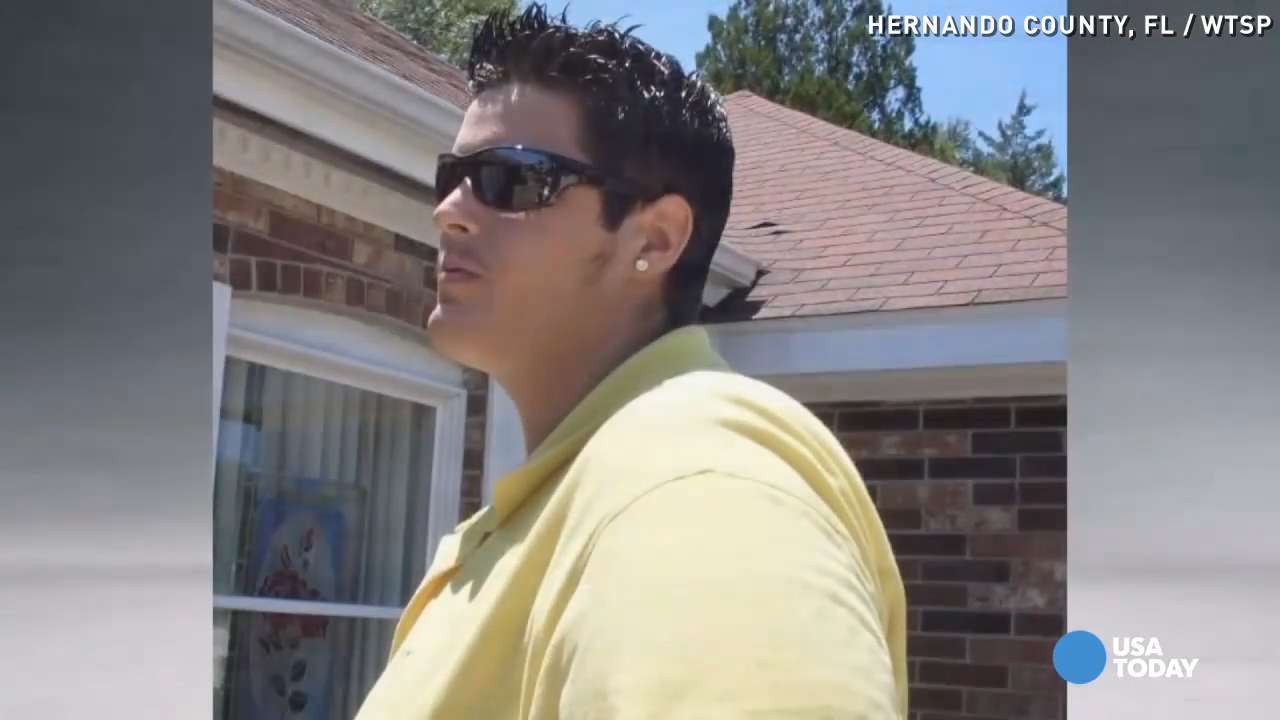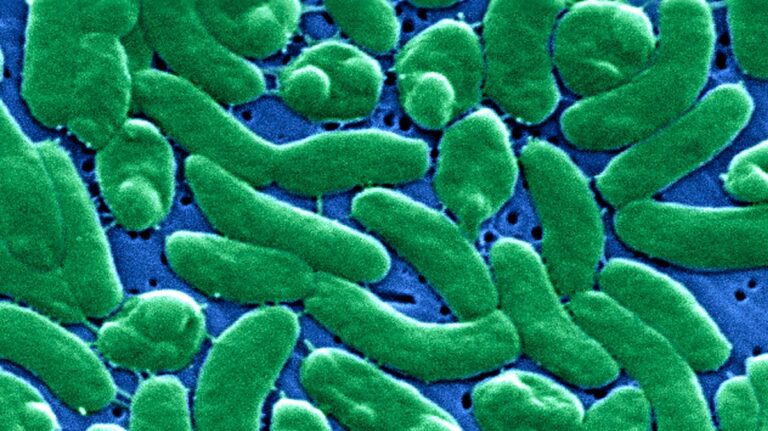
Man dies of bacteria after swimming in Gulf
A man in Florida has died from bacteria he contracted while swimming in the Gulf of Mexico. According to the victim’s mother, 26-year-old Cason Yeager was in the waist when he contracted Vibrio Vulnificus.
VPC
A flesh-eating bacteria that kills about 20% of its victims and inhabits coastal waters is expanding beyond its original Gulf Coast home, moving up the East Coast at about 30 miles per year.
While still rare, infections from Vibrio vulnificus increased eightfold between 1988 and 2018, as climate change warmed the brackish coastal waters where bacteria live, found a paper published Thursday.
The bacterial infection, which eats away the flesh and sometimes requires amputation to stop it, occurs mostly in brackish waters along coasts and inlets from Texas to Florida. Now cases are popping up as far north as Massachusetts.
“Vibrio is talked about as a barometer of climate change because it is very sensitive to environmental conditions, it gives us some indication of what the effects of climate change are,” said Iain Lake, lead author on the paper and a professor of the environment. sciences at the University of East Anglia in the United Kingdom.
How does climate change affect you?: Subscribe to Climate Point’s weekly newsletter
READ MORE: Latest climate change news from USA TODAY
Here’s what to know about Vibrio vulnificus:
What is Vibrio vulnificus?
Vibrio vulnificus is one of several forms of Vibrio bacteria. The best known is Vibrio cholerae, a waterborne disease that causes severe diarrheal illness that can kill within hours if left untreated. It is rare in the United States but common in areas without modern sewage treatment.
The flesh-eating type is called Vibrio vulnificus and lives in warm, salty water, especially in bays, estuaries and places where rivers and streams meet the sea. It can also occur after heavy rains that cause flooding and storm surges.
MORE BAD NEWS: Cat poop may be killing California sea otters
EFFECTS OF CLIMATE CHANGE: What are the effects of climate change? How they disrupt our daily lives, fuel disasters.
Does Vibrio vulnificus spread?
As ocean temperatures rise due to climate change, the bacteria that cause these infections are spreading northward along the East Coast at a rate of about 30 miles per year, according to the paper. published Thursday in the journal Nature Portfolio.
“Cases used to be concentrated almost exclusively in the Gulf of Mexico in the southern United States,” said Dr. William Schaffner, an infectious disease expert at Vanderbilt University.
US cases increased eightfold between 1988 and 2018, researchers found. Between 1988 and 2016, there were more than 1,100 diagnosed bacterial infections and 159 deaths.
The cases also underwent “a profound geographical expansion” in the words of the paper. In the late 1980s, infections were rare farther north than in Georgia. By 2018 they were regularly reported as far north as Philadelphia.
“It’s not about shifting north, it’s expanding. We’re still seeing cases in Texas but we’re also seeing them in Pennsylvania, which we weren’t seeing 20 years ago,” said Elizabeth Archer, the paper’s first author and a postgraduate researcher at the University of East Anglia.
Bacteria prefer warm water above 64.4 degrees
If the water continues to warm and the bacteria reaches New York state in the coming decades, cases could double again.
How can you protect yourself?
The open ocean is too salty for Vicbrio vulnificus, which prefers the slightly brackish, brackish waters found in bays, inlets and estuaries.
The take-away from the study is not to avoid the beach but to be aware, said Jim Oliver, an emeritus professor of biology at the University of North Carolina who has been studying bacteria for decades and a to the authors of the paper.
Young, healthy people are at lower risk while older people, especially men, and the immunocompromised, are at higher risk, he said.
“We don’t want people to be afraid to go to the beach. Just be aware,” he said.
“This type of wound contamination is often sustained by people who work in seawater such as fishermen,” Schaffner said. People who are older and have compromised immune systems are at special risk.”
What should you do if you think you have been exposed to bacteria?
Wash wounds and cuts thoroughly with soap and water if they came into contact with salt water and also if they came into contact with raw seafood, the CDC suggests.
The most important thing is that if you have a cut or wound that seems infected and you have recently spent time in the ocean or semi-salty bays and estuaries, you should seek medical attention immediately.
Symptoms of an infected wound may include swelling at the site, pain, redness, warmth, fever, discoloration, and discharge.
“The infection can progress incredibly quickly, I worked with a woman whose husband was infected and it went from looking like a spider bite to necrotizing fasciitis in four hours,” he said.
“It’s very important not to overdo it,” says Schaffner. “If you’ve sustained an injury and you think there’s an infection in the wound, get it taken care of as soon as possible. That’s the key.”
There’s something else to worry about: Raw seafood
The same bacteria can infect oysters, mussels, clams and scallops. Because everything except oysters are usually cooked before eating, in general the only problem is oysters using the foodborne form of Vibrio vulnificus.
Infection is possible causes watery diarrhea, often accompanied by nausea, vomiting, and fever. It can also enter the bloodstream, causing fever, chills, dangerously low blood pressure, and blistering skin lesions, according to the Centers for Disease Control and Prevention.
The The CDC estimates that about 80,000 people in the United States develop vibriosis each year and 100 die from it. Most of these diseases occur from May to October when the water temperature is warmer.
“Vulnificus is the deadliest foodborne disease in the world,” Oliver said.
